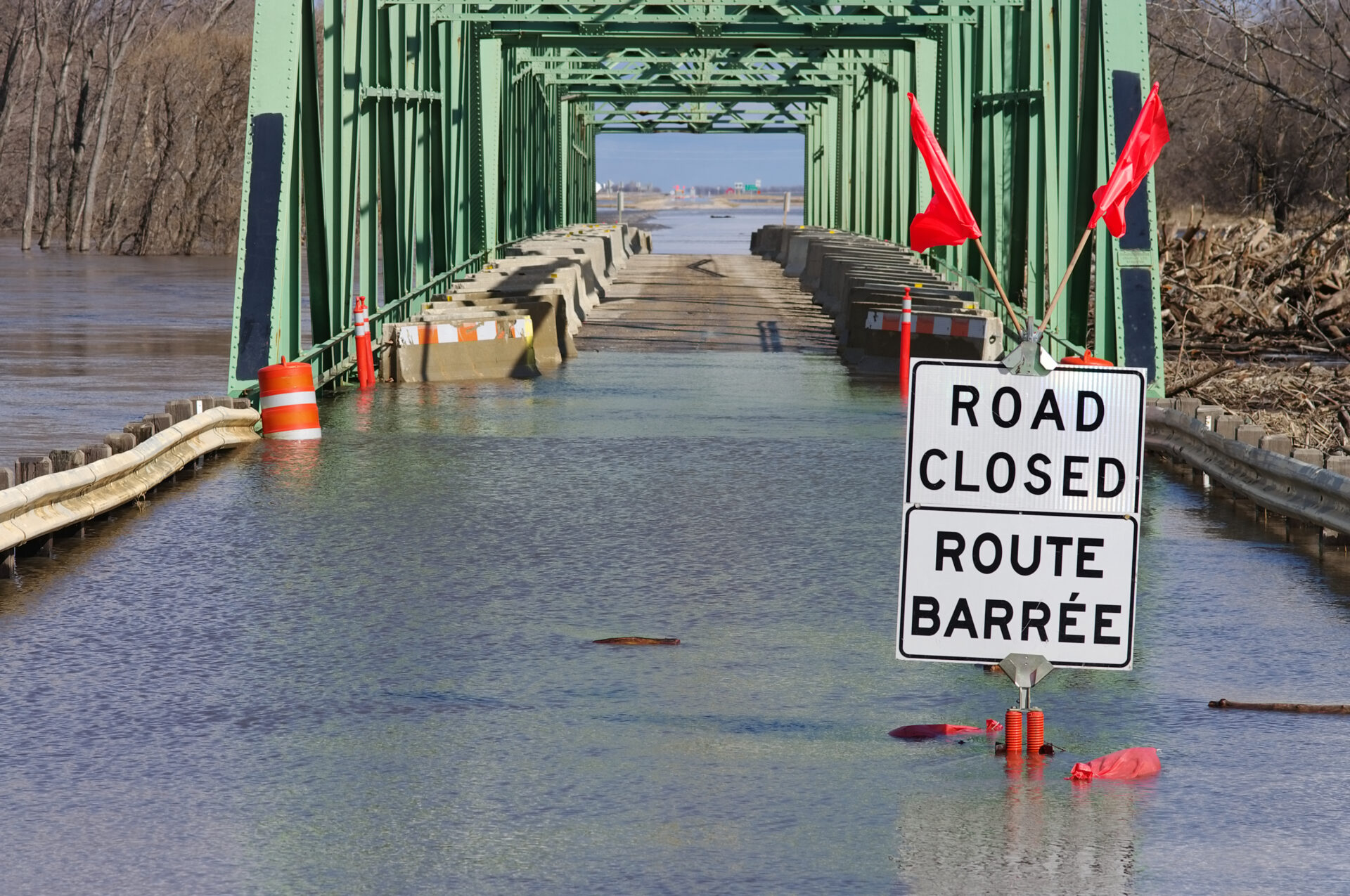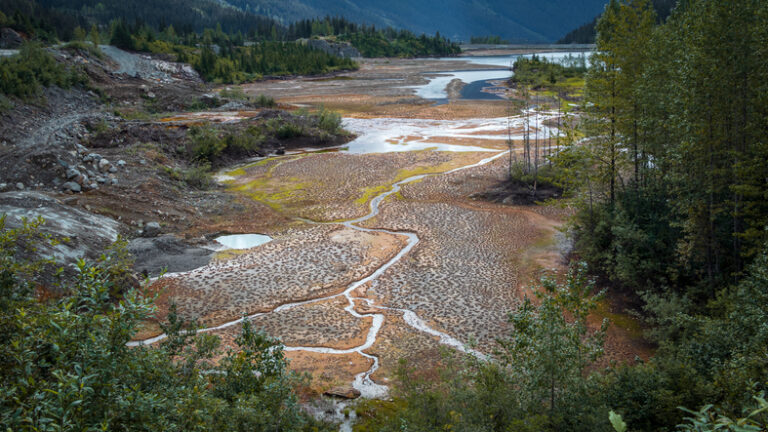The need to limit flood risk in Canada is urgent, with approximately 1.5 million homes, representing 10 per cent of the Canadian residential housing market, in high-risk zones where they are ineligible for flood insurance. A new CSA Group report, authored by the Intact Centre on Climate Adaptation (University of Waterloo), provides practical guidance for federal, provincial, local, and Indigenous governments, to tackle river flooding.
Nature can offer cost-effective solutions to limit flood risk – for example, communities can be protected downstream by restoring wetlands and using floodplains to soak up, store and slow down water upstream. Historically, flood management techniques largely relied on built infrastructure solutions, such as flood walls, dikes and river channel modifications, to control natural processes. However, as large-scale flooding in British Columbia demonstrated in 2021, these structures can have negative impacts on river systems and can fail, leaving towns and homeowners underwater. In contrast, nature-based flood solutions provide benefits for people and nature and are often self-maintaining.
The CSA Group report, Managing Flood and Erosion at the Watershed-Scale defines how governments can support the use of nature-based solutions (NbS) to reduce flood risk. The report reviews watershed management practices within provinces, together with trends in federal-funding for flood risk projects. It also identifies existing best practices, and opportunities for improvement in how nature-based flood solutions are applied at the watershed-scale.
“CSA Group is excited to publish this latest report as we continue focused efforts to address urgent flood risks across the country with new national standards and research” says Michael Leering, Director, Environmental and Business Excellence, CSA Group. “This research supports the addition of new nature-based solutions standards that enhance an already robust set of existing standards to mitigate flood risk. We are encouraged at the growing momentum at regional levels to adopt new flood resilient standards, and this research is the latest tool to support all levels of government”.
The report presents three key recommendations:
- Develop consistent provincial approaches to integrated watershed management. Canada has best practices for watershed management that support nature-based solutions in some provinces. However, approaches vary significantly between provinces. Ontario is the only province where watershed-scale organizations (Conservation Authorities) have a legal mandate that combines river flooding, erosion, and nature-based conservation. This can serve to inform other provinces.
- Direct funding for river flood management to high-risk watersheds. Currently, funding is often directed to municipal governments that may not have the jurisdiction to implement nature-based solutions at the scale of the watershed. Going forward, projects funded at a local-scale should be part of a watershed flood strategy.
- Routinely consider nature-based solutions for river flood and erosion management alongside built infrastructure. Nature-based solutions represent a credible choice and should be considered as a viable alternative to built solutions for providing long-term benefits to people and nature.
The report also identifies how future standards could support implementation of the three recommendations, including to support consistent approaches to watershed management planning, selection of flood risk options and the use of nature-based solutions that would enhance and support existing standards to mitigate flood risk.
“We are seeing increased awareness of the need to work with, rather than against nature, in tackling flooding in Canada,” says Joanna Eyquem, lead author of the new report and Managing Director, Climate Resilient Infrastructure, Intact Centre on Climate Adaptation. “However, to deliver these flood solutions, we need to work at the scale of natural systems, which in the case of rivers is the watershed.”
The release of the report is timely as the Government of Canada looks to define the role of the new Canada Water Agency and finalize the National Adaptation Strategy. Establishment of a watershed approach to tackle river flooding could be a key role for the new agency, and a cost-effective complement to the regional coastal resilience approach that was announced with the strategy in November 2022.
With flood risk on the rise, and atmospheric rivers flowing stronger, the time to implement nature-based flood risk solutions is now









